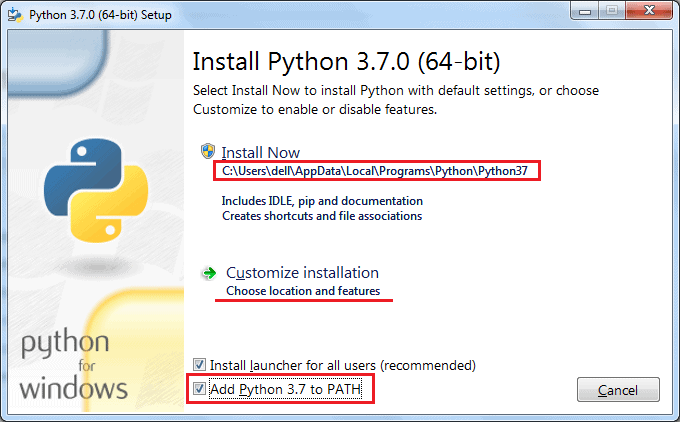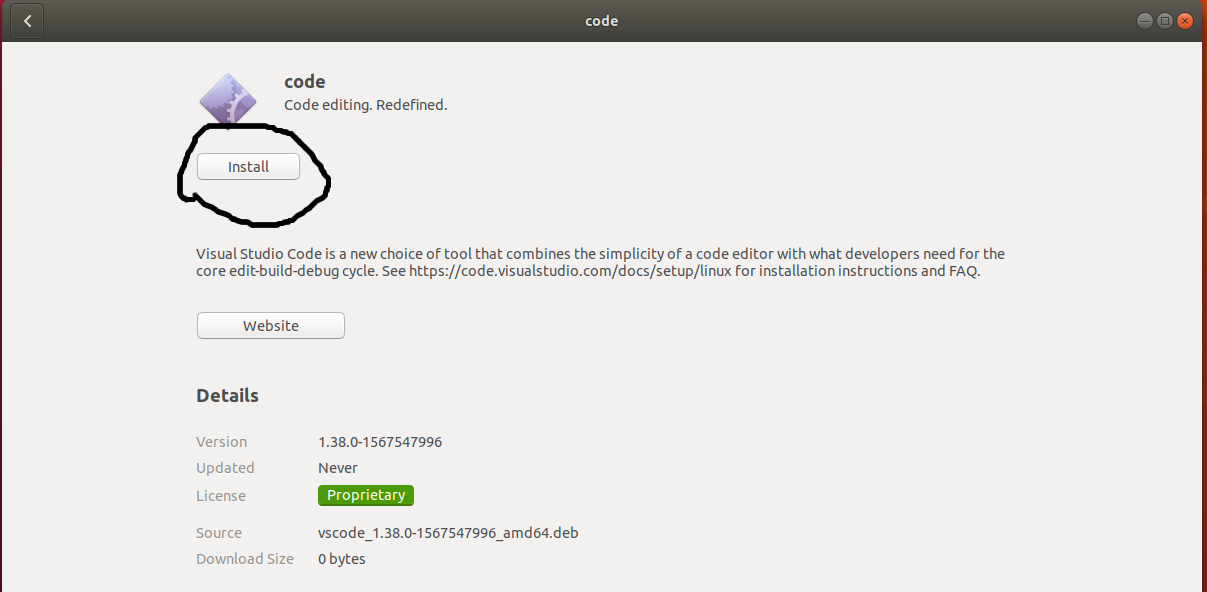
The easiest way to get Python up and running on your Linux machine is by using the package managers. Installation Method 1: Using Package Managers If you are using a shared server, you may need to contact your system administrator to get the necessary permissions. In addition, you should also make sure that you have the necessary permissions to install Python on your system. For example, Debian/Ubuntu-based distributions typically need to have Python’s build-essential package installed before they can use it. It’s also worth noting that certain versions of Linux may require additional setup before Python will work. If you’re running something older than CentOS 6 or Ubuntu 14, then you should update your OS before attempting an install. Python requires a relatively current version of a Linux operating system. Note: we have a full range of coding books for beginners, including JavaScript, Visual Basic, C Programming, and lots more! Prerequisites to installing Python on Linuxīefore you go ahead and install Python, you should take a few moments to check the system requirements and make sure that your machine is compatible. In this tutorial, we’ll walk you through the process of installing Python on Linux, including checking if it’s already installed, updating your system, and choosing the best method for your needs. Its ease of use, broad range of applications, and a large community of developers make it an excellent choice for both beginners and experienced programmers alike.įor those looking to install Python on their Linux system, the process is straightforward and can be accomplished in a few simple steps.


Python is a powerful and versatile programming language that has become a staple in the software development industry.


 0 kommentar(er)
0 kommentar(er)
